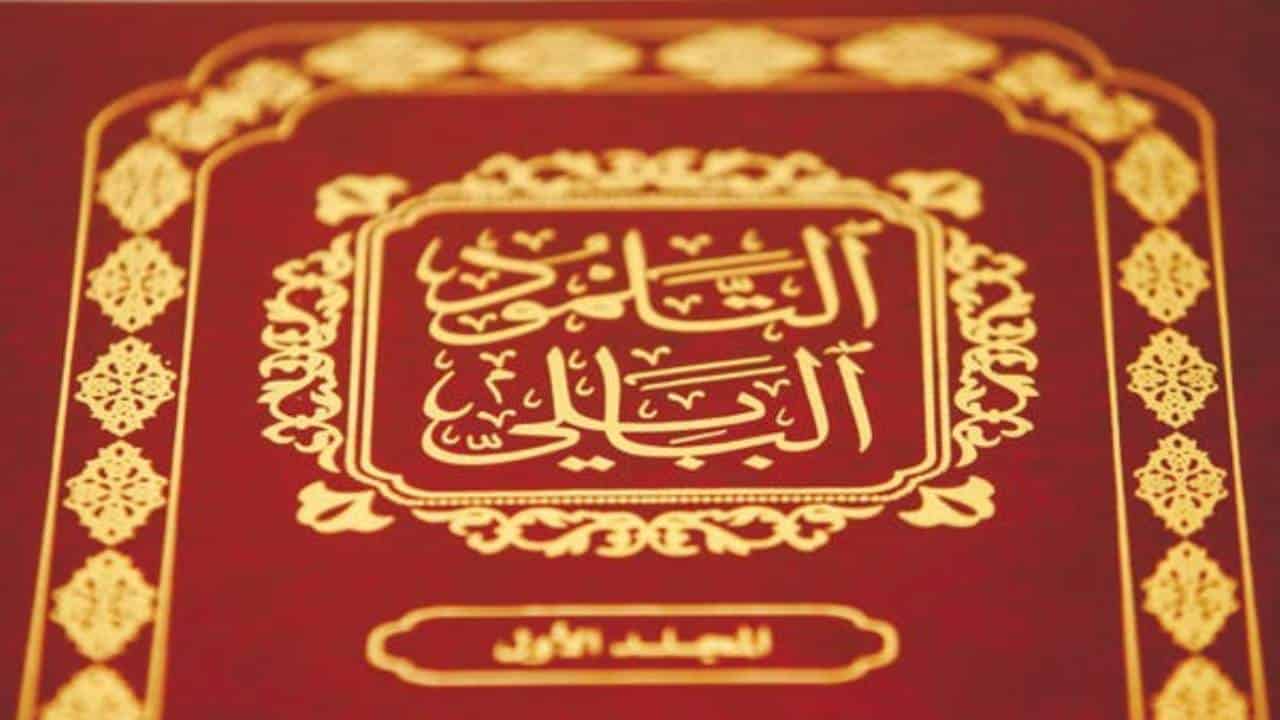Shalom – Salaam
I was once at a resort near Sydney, Australia and it was close to sundown. There were six men in our group and we wanted a minyan for mincha. There were four elderly Jewish men nearby playing cards together, so I went over to ask them if they would join us for 10 minutes. They responded with shock, “We are in the middle of a card game, we can’t stop.” So we davened without a minyan and finished around the same time that the card game was over. One of the men approached me and started talking to me in Yiddish, to which I responded, “Sorry, I don’t speak Yiddish.” His reply was, “Du bist a Yid?” “Are you Jewish!?” I was a little disturbed that speaking Yiddish, as opposed to davening mincha was a greater litmus test of my Judaism. Indeed, in many more subtle ways, many of us tend to judge the Jewishness of other Jews by their similarity to our Eastern European Jewish culture. However, in studying Jewish history and leading tours of exotic locations where Jews have lived, and in some cases still live, I have come to realize that we need to broaden our perspectives somewhat.
With the signing of the Abraham Accords and the growth of rapprochement between the State of Israel and various Muslim countries, I started thinking about Arabic. The only phrase of Arabic that I was taught in the IDF was “Wakef! Walla ana batuchak!” “Stop, or I will shoot” – not ideal for conversation. But we should be aware that for over 500 years, probably about 90% of Jews were Arabic speakers. I am fairly certain that it beats Yiddish in popularity. Also, here is a list of some major works of Jewish philosophy that were written in Arabic. I should note that they were written in Judeo-Arabic, which is basically Arabic in Hebrew script with a fair amount of Hebrew and Aramaic thrown into the mix.
- Kitab al-Amanat wa’l-I’tiqadat– Emunot V’deiot—“The Book of Beliefs and Opinions”, by Rav Saadiah Gaon
- Al Hidayah ila Faraid al-Qulub– Chovot HaLevavot—“Duties of the Heart”, by Rabbeinu Bachya
- Kitab al-Ḥujjah wal-Dalil fi Nuṣr al-Din al-Dhalil– The Kuzari—“A Defense of the Despised Faith”, by Rabbi Yehudah HaLevi
- Kitab al-Siraj – Peirush HaMishnayot—“Commentary on the Mishnah”, by Maimonides
- Kitab al-Farai’d – Sefer HaMitzvot—“Book of Commandments”, by Maimonides
- Dalalat al-Ha’rin – Moreh Nevuchim—“Guide for the Perplexed”, by Maimonides
- Kaf’ayah al-Abadin – Hamaspik LeOvdei Hashem – The Complete Guide for the Servant of God – Rav Avraham son of Maimonides
The Rambam writes “Insh Allah” “God willing” in his letters, and Rav Saadiah Gaon translates “halacha” as “sha’ariya”. Many traditional Zemiros and Piyutim were written styled on Arabic poetry and meter.
What’s my point? I think that it is healthy not be completely Euro-Centric in our understanding of the Jewish people, our history and our culture and to try to be a little more open-minded about what a Jew looks like or sounds like.

